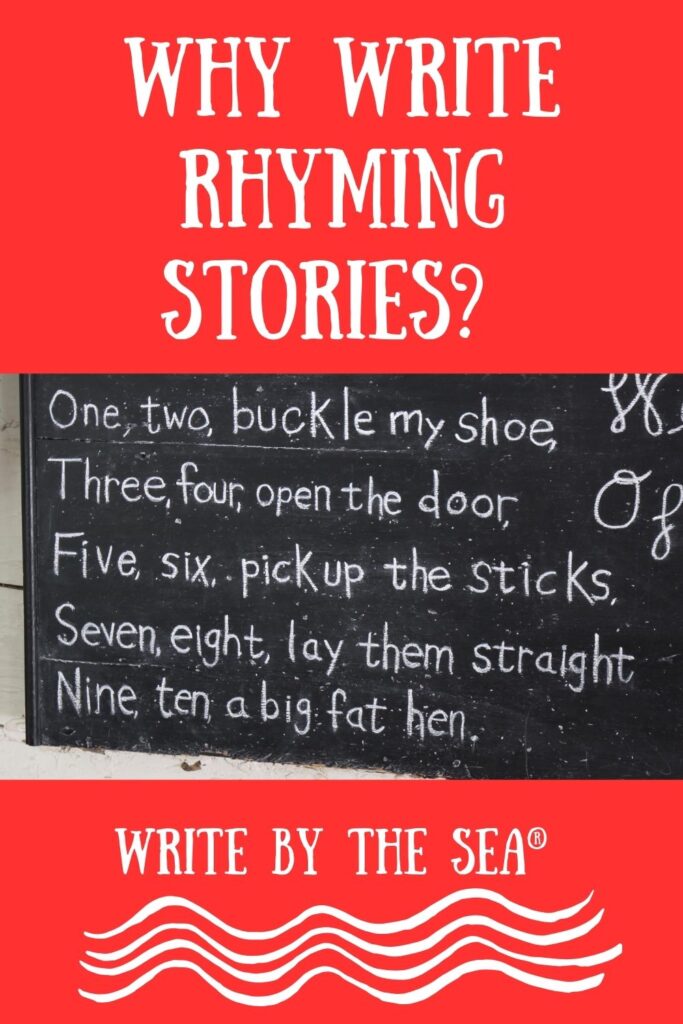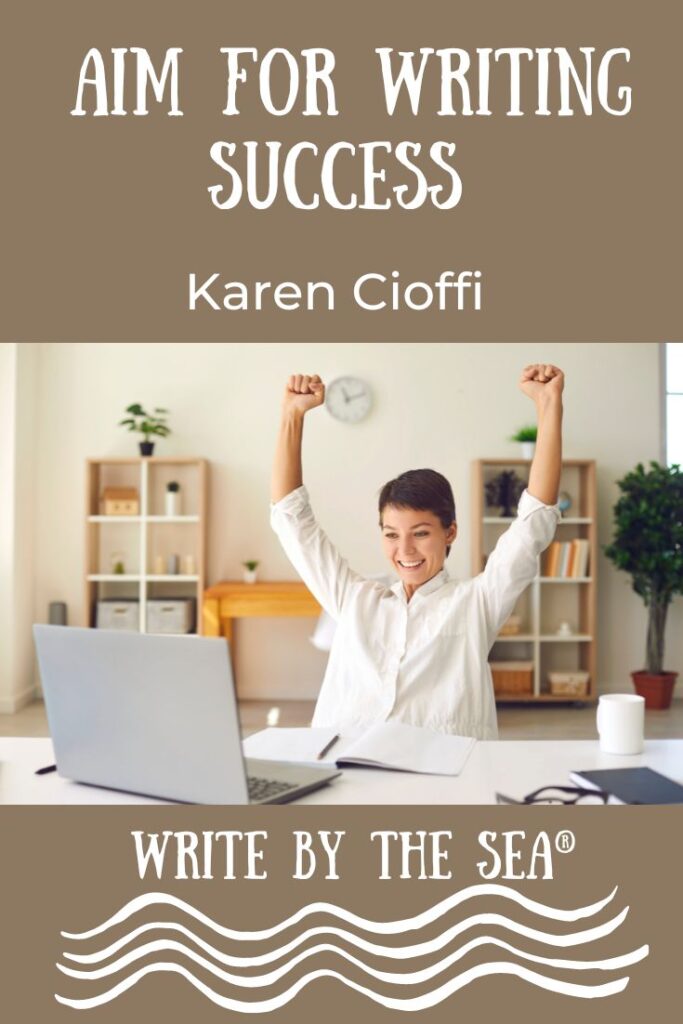Wondering What to Write about? A guest post from Melissa Abramovitz
Read this…

You’ve decided that 2018 is the year when you will finally devote the time and brainpower needed to get your freelance writing business off the ground.
You’re committed to a consistent schedule for honing your writing skills, doing market research, and writing, revising, and submitting queries, stories, magazine articles, and/or book manuscripts to publishers.
And then it hits you.
What should you write about?
Sitting at your desk hoping that suitable ideas will flash through your brain is not a good way of generating story ideas.
I’ve tried it, and it just doesn’t work.
Yet I have long lists of ideas for articles and books – mostly nonfiction for children and teenagers, since that’s my specialty – just waiting for me to bring them to life when time allows.
I get new ideas nearly every day; however, they come because I’ve taught myself to view the world with a “writer’s eye,” rather than because I tell myself I must think of good ideas at a particular time.
So what is this “writer’s eye”?
For me, it’s simply perceiving the world so that my brain automatically links sensations and other experiences to the notion that herein may lie the kernel of a magazine article or book or poem.
It’s recognizing that story ideas are all around me, and that all I have to do is to be alert enough to notice them when they wander into my life.
Story ideas are no doubt all around you too, but if you’re struggling to come up with suitable topics, chances are that you just haven’t trained yourself to notice them and to focus them into a viable manuscript.
I’ve gotten good ideas while eating a meal, trying to fall asleep. taking a walk, reading or listening to news stories, reading books or magazines, playing with my kids or grandkids, watching TV, talking with friends or family, waiting at the airport, visiting a museum, and visiting man-made and natural wonders.
Some of my best ideas have come from questions my children or grandchildren asked, such as “Where does the sun go at night?” “What do dogs’ tail positions mean?” “Why do some people like spicy food and others don’t?” and “What colors can animals see?”
These types of questions are a particularly good source of article ideas for children’s magazines or books; when the questions come from a child, it’s a pretty sure bet that other children will be interested in the topic.
Other ideas have come from paying attention to what’s around me when I’m out walking.
Looking at trees shedding their leaves, I’ve wondered why certain trees lose their leaves early in autumn and others later on and why the ones that lose their leaves first are the last to get their leaves back in the spring.
Such wonderings often lead me to think: “That would make a great children’s article!”
I’ve even gotten ideas from mundane things like taking the garbage cans down to the street for garbage pickup – I wondered about how different municipalities handle things like recycling.
And one day when I performed the mundane task of turning on my computer I wondered about which technological inventions were most important in leading to our modern computers and communications technologies.
Since I write a lot for children, another lucrative source of story ideas is reading newspapers and magazines written for adults and keeping my antennae piqued for material that hasn’t yet been covered in children’s literature.
For example, several years ago I read an article in U.S. News and World Report about an ancient ball game played in Mexico that had similarities to modern basketball, except that the losers were killed in sacrifices to the gods.
I realized that middle-grade kids would enjoy learning about this game and the culture from which it sprang, so I queried an editor and was assigned an article, which I made accessible by comparing the game to modern basketball.
The point is, anywhere you go, anything you do, anyone you speak with, can all serve as stimuli for story ideas once you train yourself to really notice what’s going on around you.
In many ways, this process involves re-awakening the child-like wonder about the world that you once had, so it’s especially productive for childrens’ writers, but also works well for writers of adult material.
Once you get into this habit, you will generate long lists of ideas, and will never again have to wonder what you should write about.
About Melissa Abramovitz
 Melissa Abramovitz was a freelance writer for nearly 30 years and specialized in writing nonfiction magazine articles and books for all age groups.
Melissa Abramovitz was a freelance writer for nearly 30 years and specialized in writing nonfiction magazine articles and books for all age groups.
She authored hundreds of magazine articles, more than 40 educational books for children and teenagers, numerous poems and short stories, several children’s picture books, and a book for writers titled A Treasure Trove of Opportunity: How to Write and Sell Articles for Children’s Magazines.
She also does freelance manuscript editing.
Melissa graduated from the University of California San Diego and the Institute of Children’s Literature and was a member of SCBWI and Children’s Book Insider.
Here are ways to get web content. Click Here.






